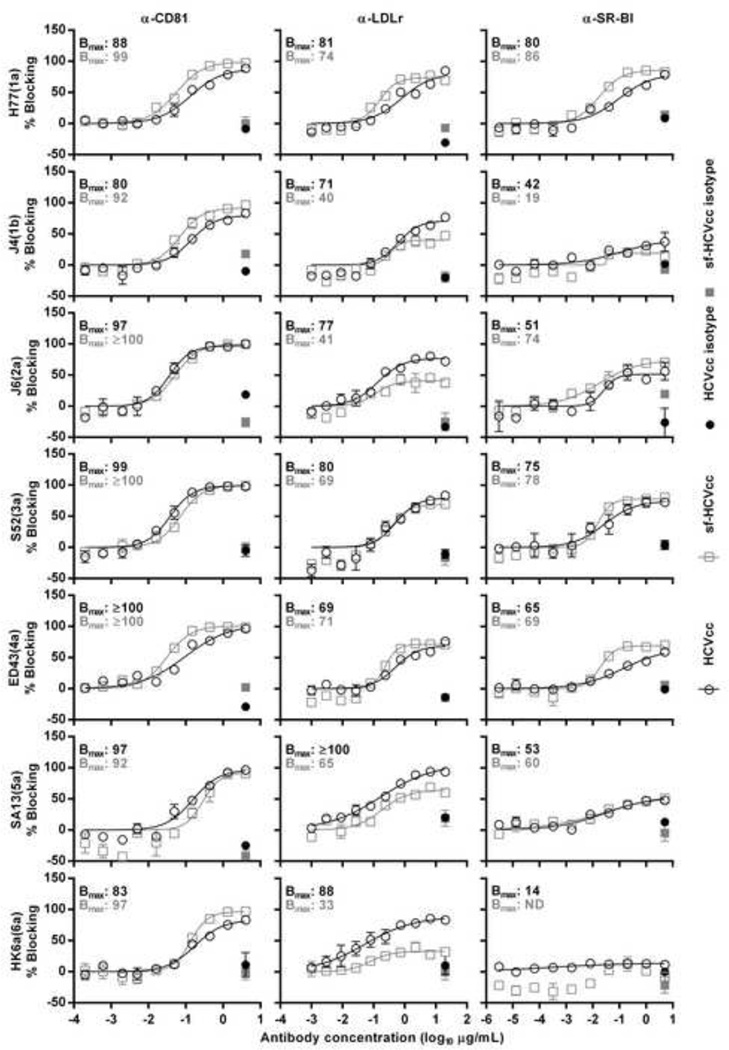Figure 10. Effect of co-receptor blocking on HCVcc and sf-HCVcc entry.
α-CD81 (left column), α-LDLr (middle column) or α-SR-BI (right column) was diluted in DMEM + 10% FBS to the indicated concentrations. Specified antibody (open symbols) or control antibody (closed symbols) dilutions were added to Huh7.5 cells, plated the previous day onto poly-D-lysine coated 96-well plates and incubated for 1 hour. HCVcc (black circles) were diluted in DMEM + 10% FBS and sf-HCVcc (grey squares) were diluted in AEM + 10% FBS and added to cultures. After 6 hours incubation, antibody-virus mixes were removed and DMEM + 10% FBS was added. Cells were fixed 48 hours post infection and stained, and the number of single HCV NS5A positive cells per well was determined by automated counting as described in Materials and Methods. The HCV Core-E2 sequences of all virus stocks used were determined by direct sequencing. Sequences were identical for HCVcc and sf-HCVcc of the same recombinant. Compared to the plasmid sequence, H77(1a) viruses had acquired amino acid change I348S and J4(1b) had acquired amino acid change V710L, both estimated to be present in the majority of viral genomes. The % blocking was calculated by relating counts of experimental wells to the mean count of six replicate wells with untreated control virus. Data points are means of three replicates with SEM (error bars). Following logarithmic transformation of X-values, variable-slope sigmoidal dose-response curves were fitted [Y = Bottom+(Top-Bottom)/(1 + 10(Log10EC50-X)×HillSlope)]. “Bottom” was constrained to “0”. Bmax values, the Y values at the top plateaus of the fitted curves, are shown for HCVcc (black) and sf-HCVcc (grey). No curve could be fitted to data points obtained for sf-HK6a(6a) in SR-BI blocking experiments. ND, not determinable.

